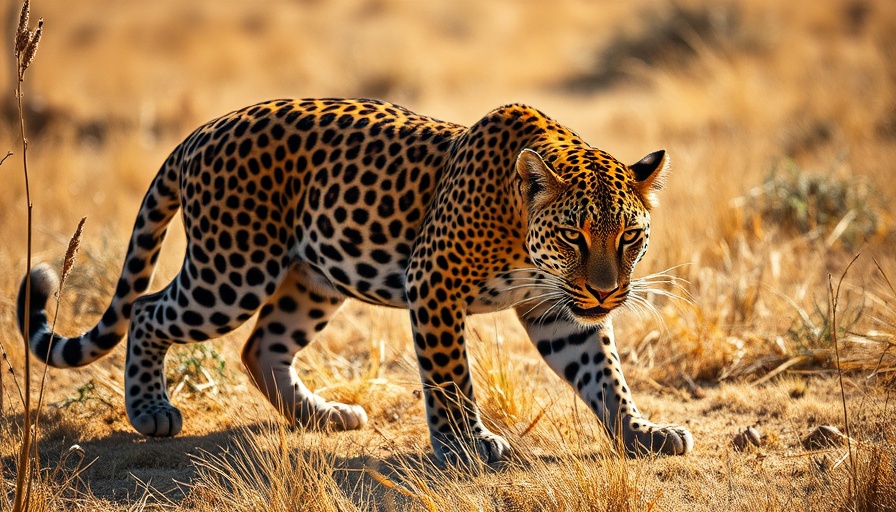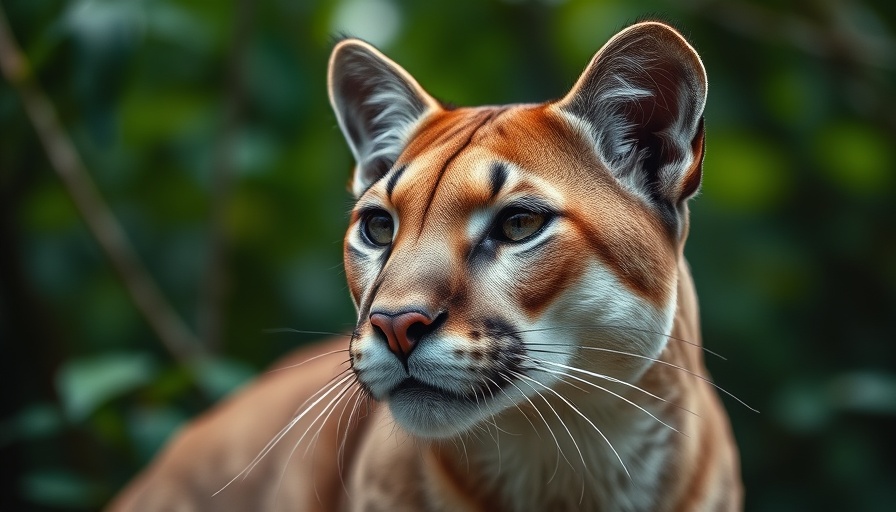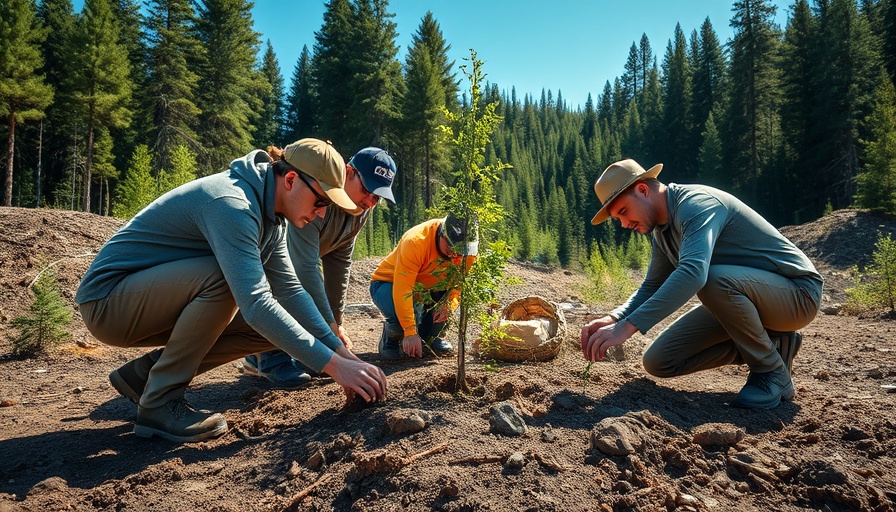
Unlocking the Secret World of Leopard Roars
A fascinating new study has shone a light on the unique vocalizations of leopards, revealing that each big cat has its own distinct roar. This breakthrough came from the University of Exeter, where researchers used cutting-edge technology, including camera traps and microphones, to analyze and identify the roars of individual leopards with more than 93% accuracy. This discovery not only adds a captivating layer to our understanding of these solitary creatures but opens doors to more sophisticated ecological research.
Implications for Wildlife Conservation
For conservationists and policymakers, these findings could be transformative. With leopards classified as "vulnerable" by the IUCN due to habitat loss and human conflict, innovative techniques like bioacoustics offer new ways to track these elusive predators across vast terrains, essential for precise population estimates. This data is crucial for devising strategies to mitigate human-wildlife conflicts and maintain biodiversity. The study demonstrates a pivotal step toward achieving more reliable conservation outcomes by harnessing technology to model wildlife behaviors across large areas.
Beyond the Leopard: Future Trends in Animal Monitoring
This research hints at broader horizons for wildlife monitoring. Bioacoustics, a technique traditionally used in marine biology, has successfully adapted to terrestrial environments, potentially revolutionizing how future population density studies are conducted. As we move forward, expect more wildlife species to be monitored using similar techniques, ensuring that conservation measures can efficiently focus on preserving our planet's shrinking biodiversity. This innovation underscores the increasing role of technology in ecological management, providing crucial insights for health enthusiasts mindful of our planet's ecological balance.
 Add Row
Add Row  Add
Add 




 Add Row
Add Row  Add
Add 



Write A Comment